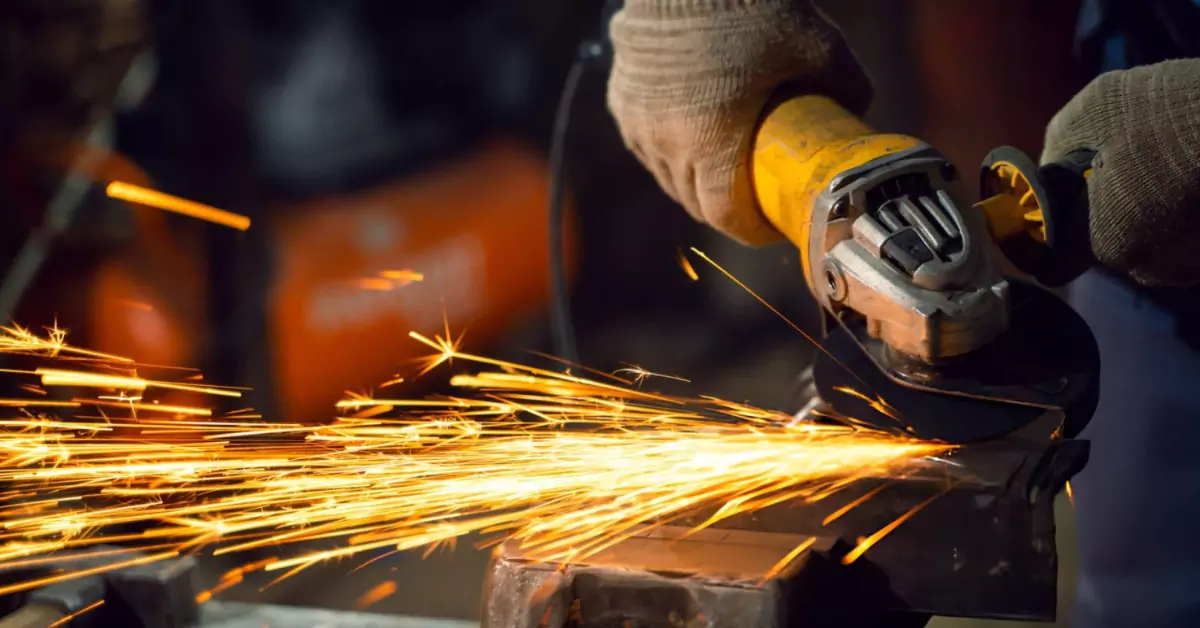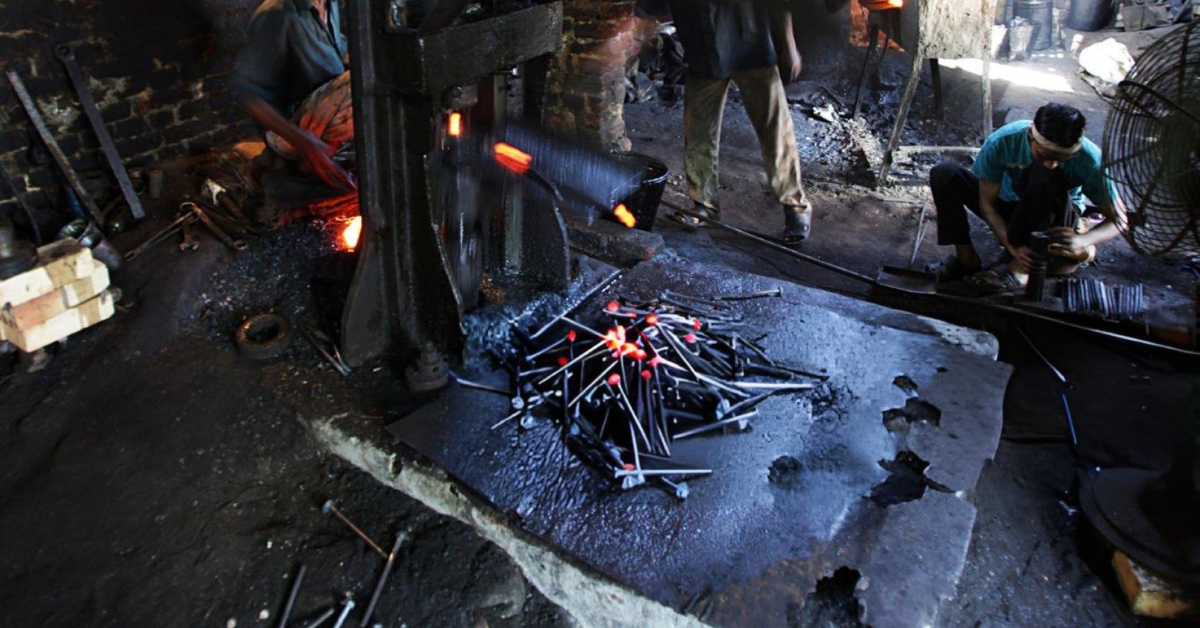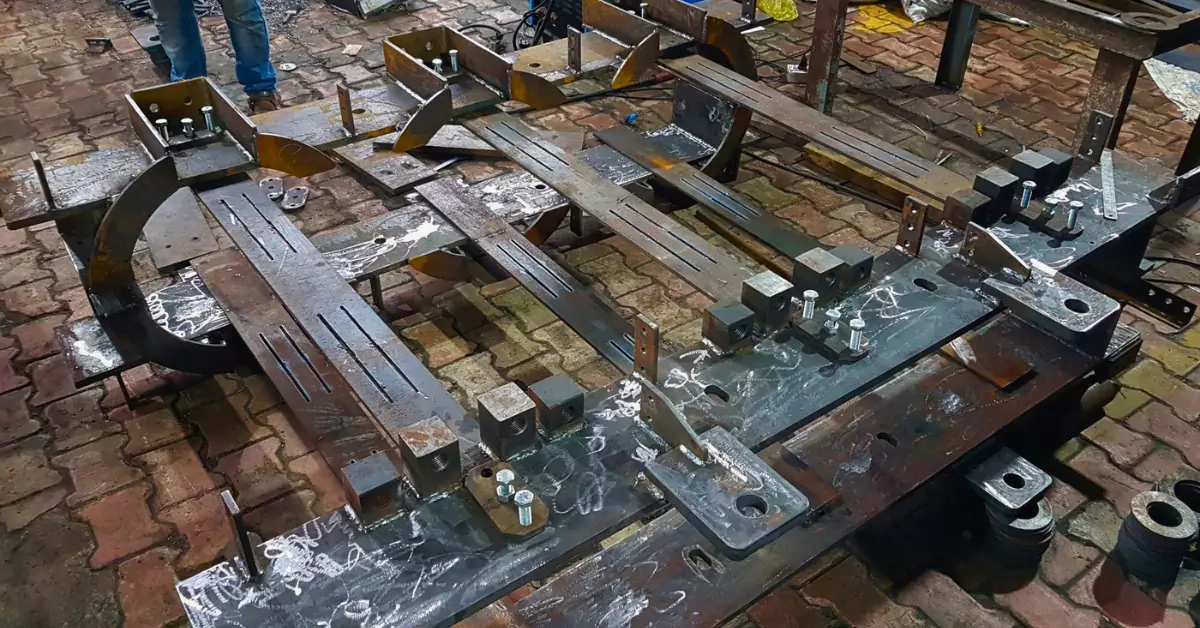What Are The Steps in Steel Fabrication?
Steel fabrication transforms raw steel into finished products that form the backbone of modern construction and manufacturing. From towering skyscrapers to intricate machinery components, the steel fabrication process requires precision, expertise, and careful attention to detail at every stage.
Understanding these steps helps businesses make informed decisions when selecting steel fabrication services and ensures projects meet quality standards. Whether you’re searching for “steel fabrication near me” or working with established companies like E S HAJI & CO., knowing the fabrication process helps you communicate requirements effectively and set realistic expectations.
Step 1: Design and Detailing
Every successful steel fabrication project begins with comprehensive design and detailing. Engineers and drafters create detailed blueprints that specify exact dimensions, material requirements, and assembly instructions. These technical drawings serve as roadmaps for fabricators, ensuring each component fits perfectly within the final structure.
Modern steel fabrication companies in India use advanced CAD software to create precise 3D models, allowing clients to visualize the finished product before manufacturing begins. This step prevents costly mistakes and reduces material waste during production.
Step 2: Cutting
Once designs are finalized, the cutting process begins. Fabricators use various cutting methods depending on the material thickness and precision requirements:
Mechanical cutting involves saws and shears for basic cuts on thinner materials. Laser cutting provides exceptional precision for complex shapes and intricate patterns. Plasma cutting works well for thicker materials and offers good speed for straight cuts. Oxy-fuel cutting remains popular for heavy-duty applications requiring deep cuts through thick steel plates.
The choice of cutting method affects both the quality of the finished product and project timeline. Experienced fabricators select the most appropriate technique based on material specifications and project requirements.
Step 3: Forming
Forming shapes the cut steel pieces into their required configurations. This step involves bending, rolling, and shaping steel using specialized equipment like press brakes, roll forming machines, and hydraulic presses.
Bending creates angles and curves according to design specifications. Rolling forms cylindrical shapes like pipes and tanks. Stamping creates raised or recessed patterns on steel surfaces. Punching adds holes for bolts, rivets, or other fasteners.
Skilled operators ensure each piece maintains structural integrity while achieving the precise dimensions specified in the design drawings.
Step 4: Machining
Machining adds precision features that cutting and forming cannot achieve. This process includes drilling holes, tapping threads, milling surfaces, and turning cylindrical components. CNC (Computer Numerical Control) machines ensure consistent accuracy across multiple identical pieces.
Steel fabrication in India has embraced advanced machining technologies, allowing fabricators to meet tight tolerances required for modern construction and manufacturing applications. This precision machining ensures components fit together perfectly during assembly.
Step 5: Welding
Welding permanently joins steel pieces together, creating strong, durable connections. Different welding techniques serve various applications:
MIG welding provides good speed and versatility for most general applications. TIG welding offers superior quality for critical joints requiring exceptional strength. Stick welding works well in outdoor conditions and on thicker materials. Flux-cored welding combines speed with good penetration for heavy-duty applications.
Certified welders follow strict procedures to ensure each joint meets structural requirements and safety standards. Quality welding directly impacts the finished product’s strength and longevity.
Step 6: Finishing
The final step involves cleaning, coating, and quality control measures. Surface preparation removes scale, rust, and contaminants through sandblasting, grinding, or chemical cleaning. Protective coatings like paint, galvanizing, or powder coating prevent corrosion and enhance appearance.
Quality control inspections verify that finished products meet all specifications. This includes dimensional checks, visual inspections, and non-destructive testing when required. Proper finishing ensures steel components perform reliably throughout their service life.
Bringing It All Together
The steel fabrication process requires careful coordination between design, cutting, forming, machining, welding, and finishing stages. Each step builds upon the previous one, creating finished products that meet exact specifications and quality standards.
When selecting steel fabrication services, look for companies that excel at each stage of this process. Experienced fabricators like E S HAJI & CO. understand how each step affects the final product and maintain quality control throughout the entire process.
Understanding these six essential steps helps you make informed decisions about your steel fabrication needs and ensures successful project outcomes. Whether you need simple components or complex assemblies, choosing fabricators who master each stage delivers the quality and reliability your projects demand.



